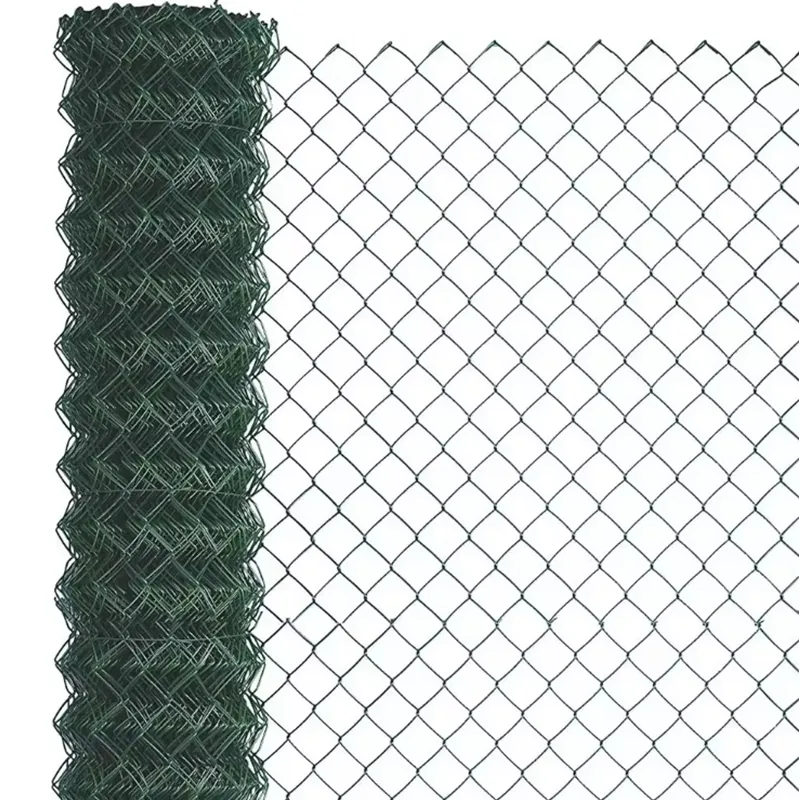-
 Phone:
Phone: -
 Email:
Email:

rockfall netting installation
Rockfall Netting Installation A Comprehensive Overview
Rockfall netting is an essential safety measure used in mountainous and hilly terrains to prevent rocks and debris from falling onto roadways, trails, and inhabited areas. The installation of rockfall netting is a critical aspect of geological engineering and environmental safety, aimed at minimizing risks associated with natural rockslides. This article provides an in-depth examination of the rockfall netting installation process, its benefits, and its significance in safeguarding populated areas.
Understanding Rockfall Netting
Rockfall netting consists of wire mesh, often made from high-tensile steel, designed to catch falling rocks and prevent them from cascading down slopes. This netting is typically installed on steep slopes where rockfall hazards are prevalent. The efficacy of rockfall netting depends on various factors, including the mesh design, anchoring systems, and the conditions of the slope itself.
Benefits of Rockfall Netting
1. Safety Enhancement The primary benefit of rockfall netting is the enhanced safety it provides for infrastructure and individuals. By capturing falling rocks, the netting helps prevent accidents that could result from rockslides on roads, hiking trails, and residential areas.
2. Cost-Effective Solution Compared to other rockfall mitigation measures, such as blasting or massive rock barriers, netting is often more economical. Its installation involves less disruption to the surrounding environment and can be completed relatively quickly.
3. Versatile Applications Rockfall netting can be employed in various terrains and conditions, making it a versatile solution. Whether in mountainous regions or near cliffs, this system can be adapted to meet specific site requirements.
The Installation Process
The installation of rockfall netting is a detailed process that involves several key steps
rockfall netting installation

1. Site Assessment Before installation, a thorough site assessment is conducted to evaluate the slope's geology, vegetation, and potential rockfall hazards. This assessment guides the design and planning of the netting system.
2. Design Planning Based on the site assessment, engineers design the netting system. This includes selecting the appropriate type of mesh, determining anchor points, and planning the layout to ensure maximum coverage and effectiveness.
3. Preparation of The Site The area must be cleared of loose debris and vegetation to prepare for netting installation. This step is crucial for ensuring the netting's effectiveness and safety.
4. Anchor Installation Heavy-duty anchors are installed into the rock face or the slope to secure the netting. The number and placement of anchors depend on the mesh size, slope gradient, and the expected size of potential rockfall.
5. Netting Installation Once the anchors are in place, the wire mesh is unfurled and secured to these anchors. The netting must be tensioned appropriately to withstand the impact of falling rocks.
6. Inspection and Maintenance After installation, the netting system is subject to regular inspections to ensure it remains in good condition. Maintenance may involve re-tensioning the mesh or replacing damaged sections.
Challenges in Rockfall Netting Installation
While the benefits of rockfall netting are substantial, the installation process is not without challenges. Accessing remote or steep locations can complicate logistics, requiring specialized equipment and skilled labor. Furthermore, unpredictable weather conditions can delay projects and increase the risks to workers.
Conclusion
Rockfall netting installation is a vital component of modern civil engineering, particularly in regions prone to rockfall hazards. Its ability to protect infrastructure and save lives makes it a highly valuable safety measure. As technology advances and more innovative materials are developed, the future of rockfall netting looks promising. Continued investment in research and development will likely lead to more effective solutions, thereby enhancing the resilience of our infrastructure against the forces of nature. In the face of increasing urbanization and the challenges posed by climate change, the importance of rockfall netting cannot be overstated. Ensuring the safety of communities while fostering responsible development is the cornerstone of sustainable progress in geology and engineering.
-
Wire Mesh for Every Need: A Practical SolutionNewsJul.25,2025
-
Steel Fences: Durable, Secure, and Stylish OptionsNewsJul.25,2025
-
Roll Top Fencing: A Smart Solution for Safety and SecurityNewsJul.25,2025
-
Cattle Farm Fencing Solutions for Maximum SecurityNewsJul.25,2025
-
Affordable Iron Binding Wire SolutionsNewsJul.25,2025
-
Affordable Galvanized Wire SolutionsNewsJul.25,2025
-
Wire Hanger Recycling IdeasNewsJul.25,2025








